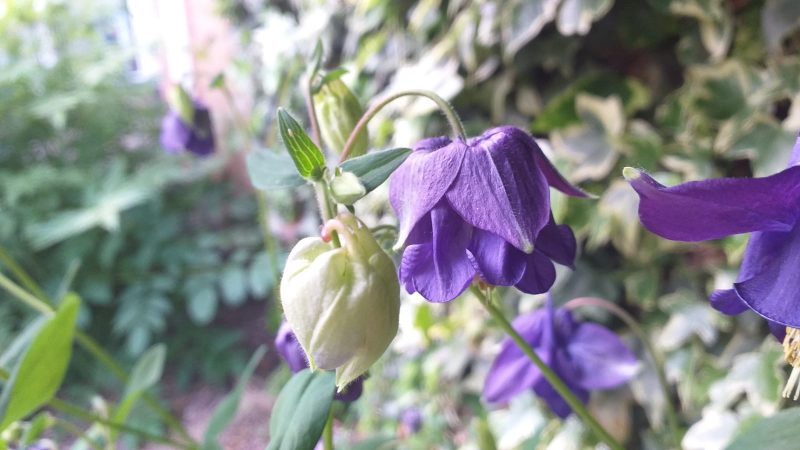Growing Snakeshead Fritillaria From Seed

I have planted bulbs of Snakeshead before several times to no avail. Last year I bought another bag of bulbs from Wilko. Only one flower popped up last year. which was encouraging, so we left it in the same large pot and this year we were blessed with about five flowers which have now gone to seed and all but two had popped and cast their seeds to the wind. The remaining seed heads had many seeds inside so Laura has sown some in a tray and I have kept a few in order to research how to grow these beautiful and endangered wildflowers from seed.

We are hoping that this years plants, having already scattered their seed to the wind, will grow on for us next Spring so as with all gardening its a waiting game now. The undisturbed bulbs should multiply too so fingers crossed.
Fritillaria seed ripens in mid to late summer and is best sown as soon as ripe or soon after in autumn. While older seed may still be viable it develops germination inhibitors that can make late sowings germinate erratically. In the wild Fritillaria spreads its seed by wind dispersal and seeds germinates on the surface of the ground. When sowing at home it is best to sow the seed on the surface of gritty compost and not bury it.
Water the seeds and place in a cool, sheltered place out of doors such as in a cold frame. Fritillaria seed requires a period of cold to stratify before germination so the pots can be left outdoors through the winter until they germinate which is usually in the Spring. Check the seed regularly for any germination and remove immediately to a bright place.
Once germinated keep the pot in a sunny position and keep watered throughout the growing season until the seedlings start to die down for their summer dormancy. By the end of the first year the baby bulbs will be small and difficult to handle so it’s better not to pot them on until the end of their second year. A typical Fritillaria will probably take 5 to 6 years from sowing to flowering.

The snake’s head fritillary is one of the most exquisite jewels in the treasure house of British wildflowers with a long list of common names which include Checkered Daffodil, Chess Flower, Frog-cup, Leper lily and Guinea-hen Flower. The bell-shaped flowers are unmistakable for their nodding heads, sometimes of pure white, or more frequently marked with a delicate chequerboard pattern in shades of purple. This rare British wildflower is now protected in its native meadows, but will always attract attention in a woodland garden, rockery, or naturalised in grass .
The white form of this rare British native is rarely found in the wild. It flowers from March to May growing to between 15 and 40 cm in height. In the wild it is commonly found growing in grasslands in damp soils and river meadows and can be found at altitudes up to 800 metres, although it takes readily to garden culture where it makes a superb border plant.
.https://www.plant-world-seeds.com/store/view_seed_item/2315


Success 2022 – Spring
We have Snakeshead flowers plus grasslike seedlings appearing here and there in the garden. It was so exciting spotting fully formed plants and has been well worth the wait. I think they have to be my favourite plant for this year. At present we have red checkered flowers and I am looking for seeds of the white variety.






























